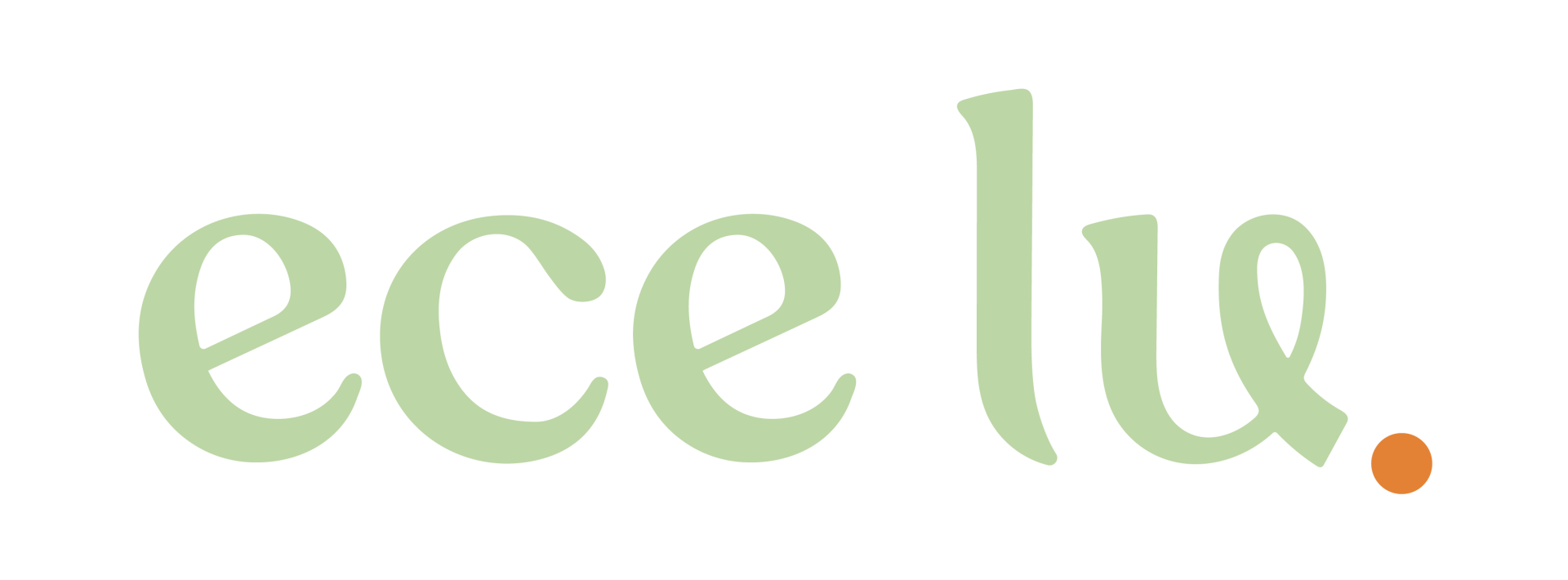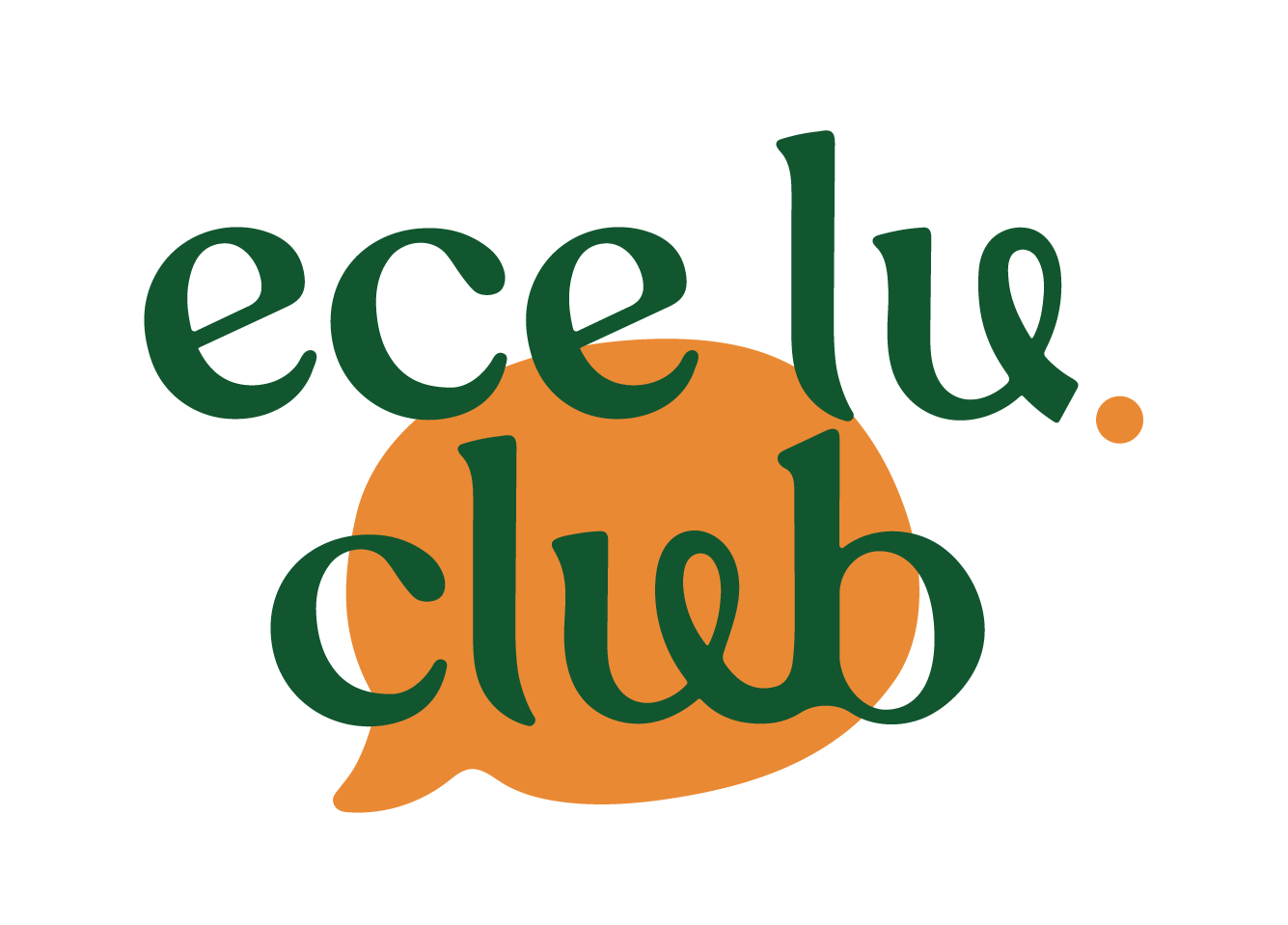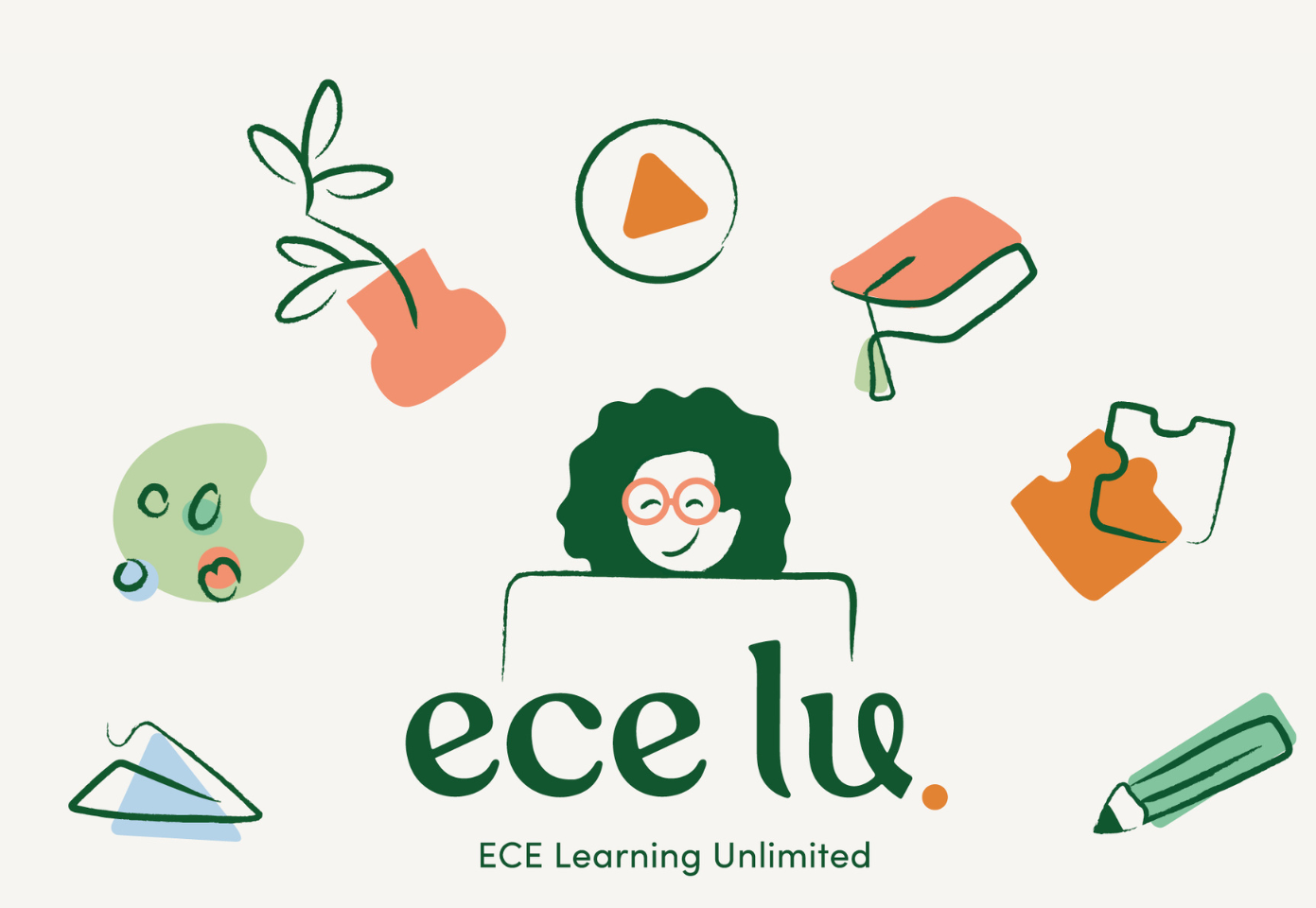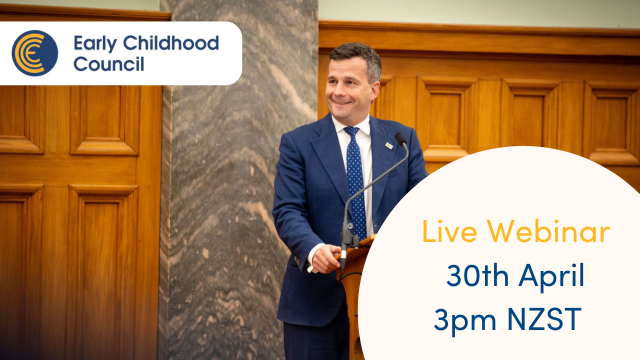Step into any mixed-age early learning space and you’ll feel it - that hum of energy, the gentle chaos, the quiet moments of care. A baby giggles as an older child kneels beside them, passing a block with patience and pride. A toddler looks up to a preschooler with wide eyes, copying every move. This is the living heartbeat of ako, learning in relationship, learning through connection.
In Aotearoa, this way of being aligns beautifully with the intent of Te Whāriki. The strands of Mana Tangata and Mana Reo remind us that children’s learning blossoms in the company of others and through relationships that are nurturing, reciprocal, and empowering. Mixed-age environments make that visible.
When we bring children of different ages together, we’re not just managing a group; we’re cultivating a whānau. We see tuakana–teina relationships unfold naturally and not because we planned them, but because they are part of who we are as a people. Older tamariki become guides, leaders, and nurturers. Younger ones find courage and language through imitation and belonging.
Of course, there’s the real stuff too, all the nappies, naps, and noise. Balancing the needs of a crawling infant and a curious four-year-old can stretch even the most seasoned kaiako. But it’s in that stretch that growth happens - for us and for them. It invites us to slow down, reflect, and ask, How can we create a rhythm that honours everyone here?
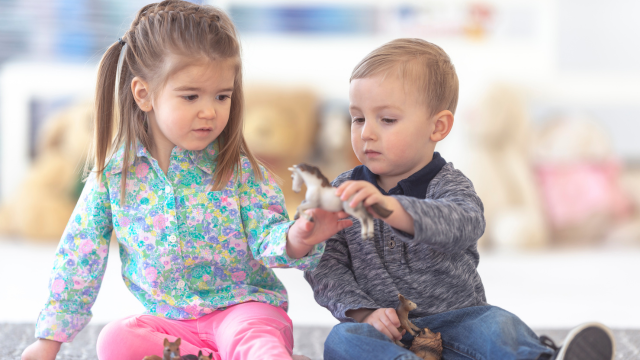
As the Standards for the Teaching Profession: Our Code, Our Standards remind us, our work is built on trust, respect, and professional care. In mixed-age spaces, these values are amplified. We become not just teachers, but translators, as we are reading the cues of each child and weaving them into a shared story of belonging.
There’s beauty in the messy moments. The older child who comforts a crying baby reminds us that empathy isn’t taught, it’s caught. The toddler who insists on helping pour the kai shows us that contribution is instinctive when we feel we belong.
Mixed-age learning isn’t perfect, but neither is family life and that’s the point. When we embrace the imperfection, the laughter, and the lessons, we see the true power of ako at work.
This is what He Māpuna te Tamaiti invites us to notice: the social and emotional threads that make each learning moment a step toward resilience and wellbeing.
So, as you move through your day, between the babies and the big kids - pause to notice those moments of connection. That’s where the magic of whānau lies. That’s where learning lives.
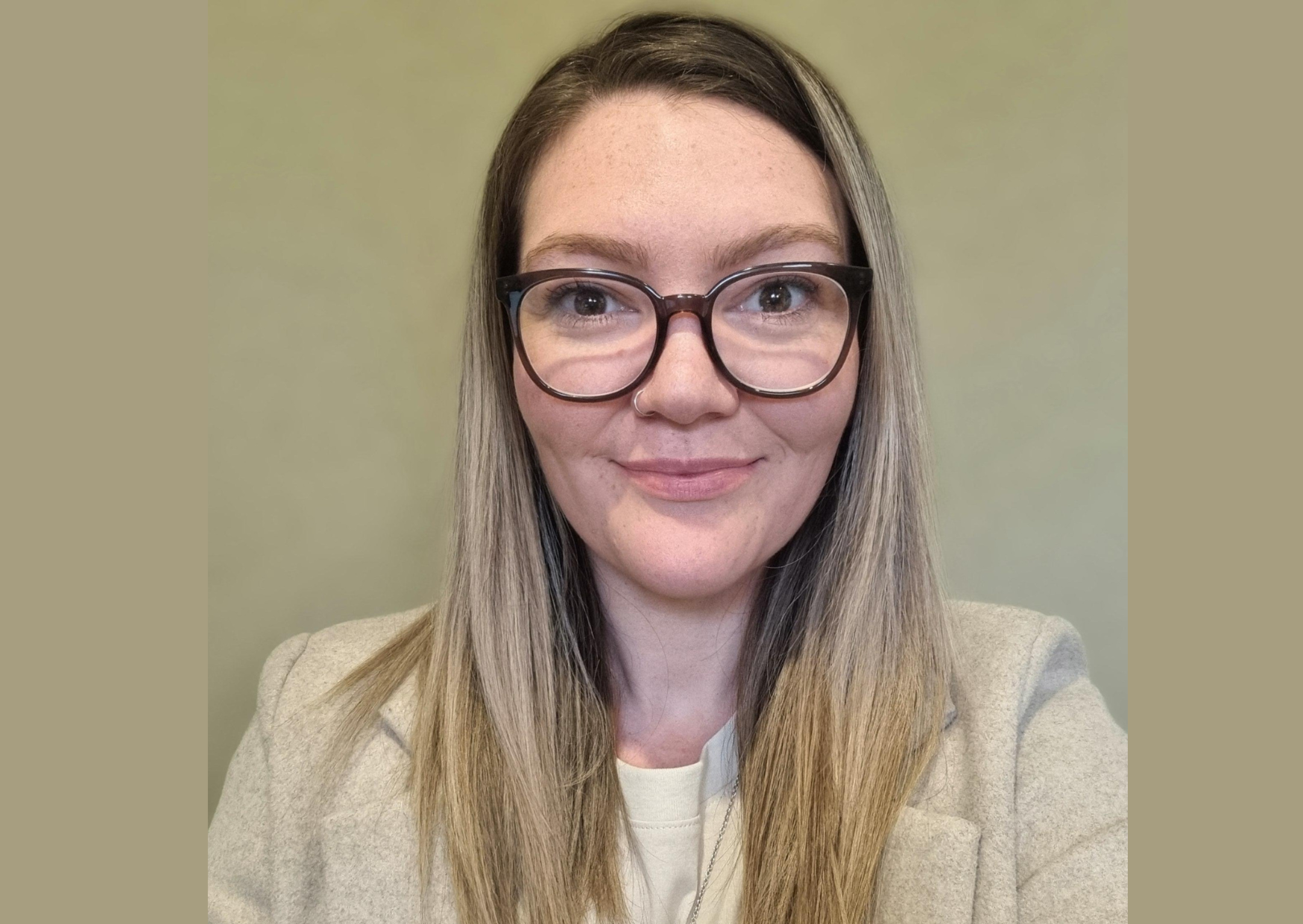
Jessica Thomson
Jess is an experienced early childhood leader and educator with a passion for inspiring teachers and supporting professional growth. A proud mum of three, she blends real-life experience with a deep understanding of early learning, leadership, and curriculum design.
Share your thoughts...

